Woodland burials on a grand scale
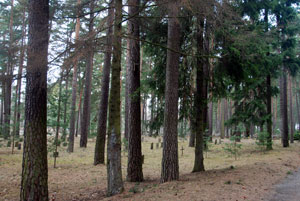
In the UK, we tend to think of woodland burials as a very informal and personal thing. On a recent trip to Sweden, I visited a woodland graveyard at the other end of the scale.
Skogskyrkogården on the outskirts of Stockholm is vast; you have to be there to truly appreciate the sheer size of the place. Established in the early 1900s it is completely unlike any other cemetery before it. So much so, that it is considered one of the most important creations of modern architecture – and as such was added to UNESCO’s World Heritage list in 1994. The graves are for the most part low and simple; the natural surroundings – typical Nordic forest of mainly conifers and birch – are the centrepiece, not the monuments.
Among the many fascinating features of Skogskyrkogården are:
- Five chapels and an outdoor ceremonial area, between them catering for about 2,000 burials each year
- Seven Springs Way: a 900 metre long path through the woods, leading mourners to the Chapel of Resurrection
- Almhöjden: a meditation grove which is reached via a long stairway. The steps gradually lower in height, easing the climb to the grove of elm trees.
- The raw, undressed limestone wall which surrounds the cemetery and which is 3.6km in length
- The main entrance with its twin lime tree avenues which lead towards the woodland crematorium and the three chapels Faith, Hope and the Holy Cross.
My impression prior to my visit was that something of this size would by its very nature be rather impersonal and formal, yet the individually tended, simple memorials – many with candles flickering – are actually very intimate in their woodland setting.
You can read more about the woodland cemetery at www.skogskyrkogarden.se, which includes an English language option.
Below is a selection of images from my visit.
Comments are closed for this post.
Discussion
beautiful
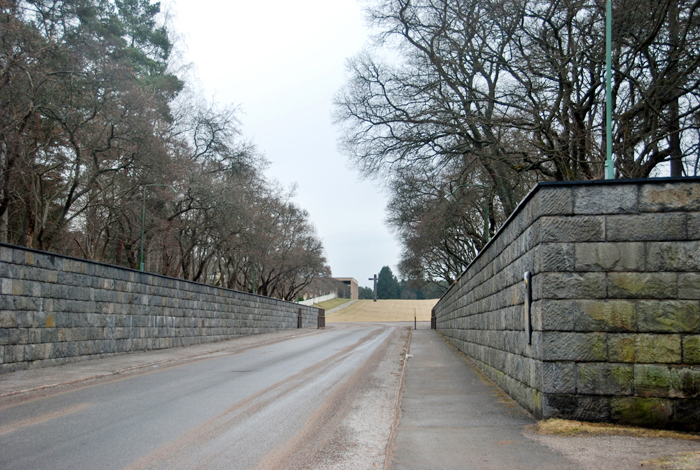
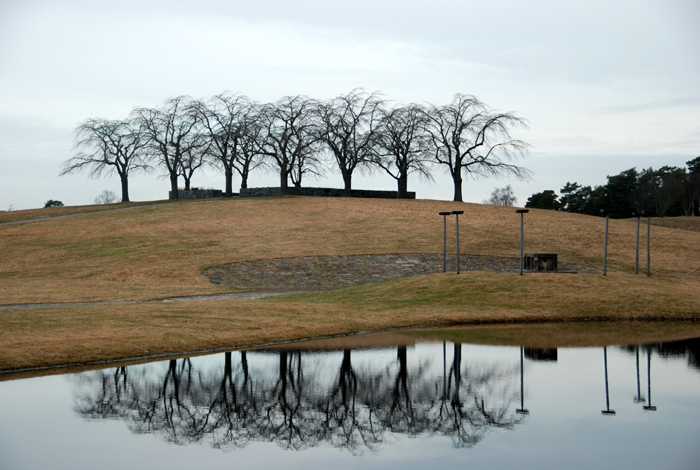
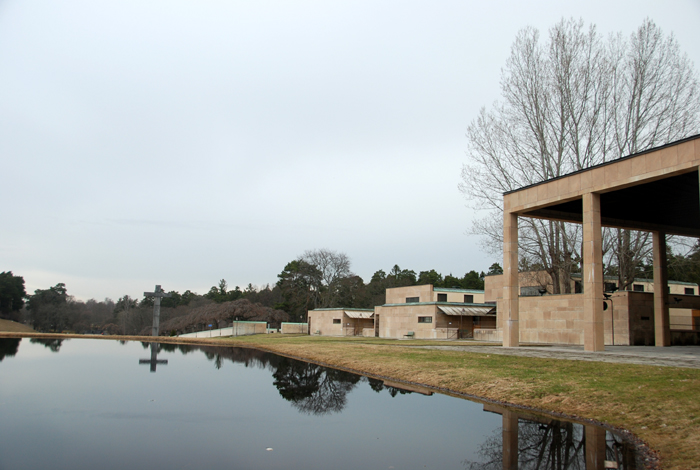
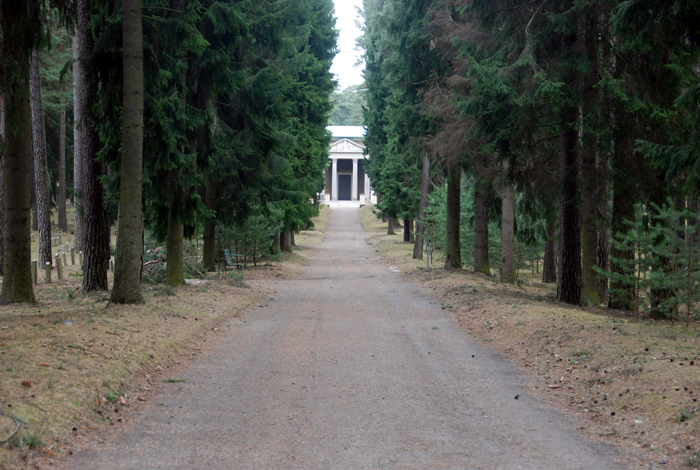
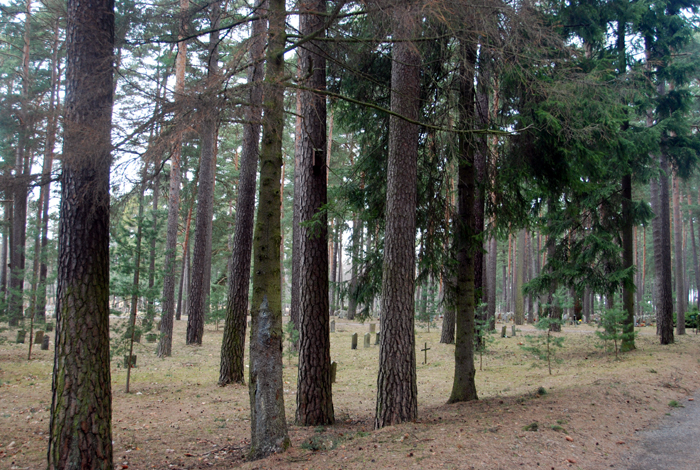
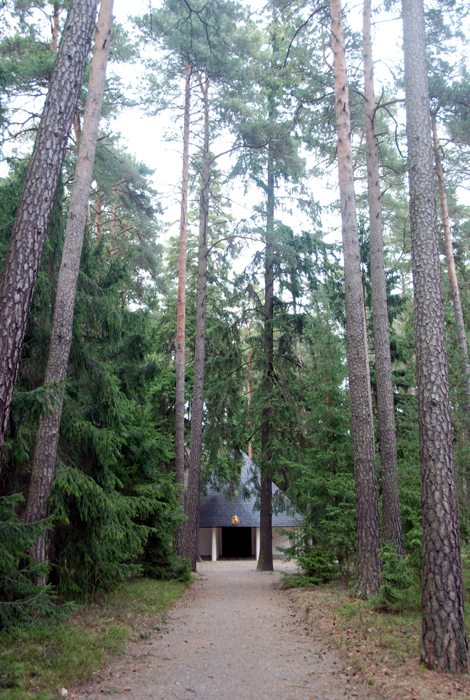

A Swedish woman, Lotte Moller, visited our award winning natural burial ground at Usk Castle Chase. She told me that in Sweden you pay for your burial plot and cemetery maintenance through your taxes, and at the time of death there is no charge for a burial plot.
In the UK, though loss-making cemeteries are subsidised by ratepayers, they are not financed to the extent that is required to keep them in admirable condition. The result is that our cemeteries are neglected. We are our own worst enemies by accepting mediocrity. The grand scale of the Swedish cemetery and the clear vision for its management and maintenance means that it is something to be proud of. The design of our municipal cemeteries has come down to the low-brow mower maintenance lawn cemetery with rows of back-to-back, characterless, imported, shiny granite headstones, alien to the natural environment. Where are the leading landscape architects and designers in cemetery design here?
I believe that the poor quality of modern cemetery environments has driven the desire for truly natural burial, which, when done with clarity of vision and an old-fashioned understanding of the natural environment can be simple, natural and beautiful.
James Leedam
23 April, 2011